Description
By the end of World War I, U.S. production of oil and oil-related products was sharply increasing thanks to the combination of war-related demands as well as demands from home. In order to move oil and new consumer products, tank car producers introduced new car designs. In 1917 General American Tank Car introduced a new general service 10,000 gallon non-insulated tank car. Built in East Chicago, IN, these cars were easily identifiable by their circumferential rivets that surrounded the tank body, with notably different heights between the courses. These “radial course” tank cars utilized steel bolster plates that rise up vertically to hold the tank in place, complete with a “web” section behind to minimize steel consumption. At a time of fairly monochromatic box cars plying the rails, most consumable products and oil shippers proudly displayed their company markings on the tanks. This car design was no exception, with Sinclair being a dominant purchaser of tank cars of this type. Additionally, many smaller oil shippers had fleets of these cars during the oil boom years. Finally, as many oil businesses failed, the cars ended up back with GATC and were restenciled with new owner markings and were placed back into service for a new owner. Between Sinclair, Humble Oil, Hercules Powder Company, and other schemes to come in future releases, think of this as one of the first “crude oil” tank cars of consequence. Forget boring present day tanks. These cars were the most prolific tank cars built during the first tank car building boom, and were found everywhere from 1917 to 1970.
D&RGW “Company Service” 1970+ is a black tank car that has been repainted by DRGW with “MW” stencils, which means a car that is dedicated for company Maintenance of Way service. DRGW also added a yellow rectangular box that says “Freight Car Journal Oil Pueblo” which designates it exact service. The tank car also has the addition of ACI label, something DRGW wanted to track the cars as they move around the DRGW freight network. These cars include a 1962 paint date on the frame, which we have duplicated as a patch. These cars are painted with black paint-out stencil blocks for the road number and other associated paint outs, to reflect the multiple years of changes made to these cars. Our DRGW Company Service replicas come with era-correct AB-brakes.
Features:
- Circumferential riveted tank body and riveted underframe (count ‘em, there are many!)
- Radial course tank body – note the “stairstep” appearance!
- All-new underframe for the GATC 1917-design
- “See-through” cast knee above the bolsters
- Accurate dome appliances
- Dimensionally-correct hazardous placards with accurate hole detail
- Separately applied tank handrail
- Separately applied tank strap detail
- KC- or AB- brake variations depending on the prototype car
- Inclusion of Cardwell draft sill springs depending on the prototype car, otherwise “oval” frame openings where the springs were removed
- Different hand brake appliance options depending on the prototype car
- Highly correct “true to life” colors
- “Hyper-Accurate” lettering including exact fonts and lettering placement, including lettering applied to the underframe and air reservoir
- Durable wire grab irons and coupler lift bars
- Separate air hoses
- “Near-scale” draft gear box with side detail
- Kadee® “scale-head” couplers
- CNC-machined 33” wheels in high-quality Tangent Scale Models ASF cast steel truck with spring plank and with separate brake beams
- Replacement semi-scale wheels available separately from Tangent
- Multiple road numbers for each scheme – these cars often traveled in “groups” of more than one

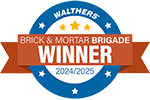

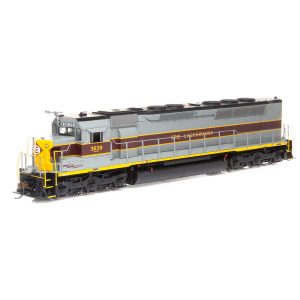
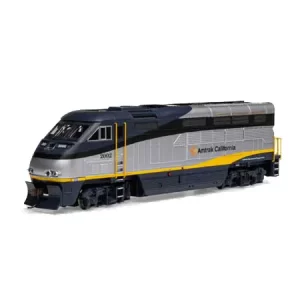
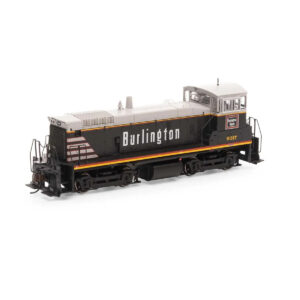
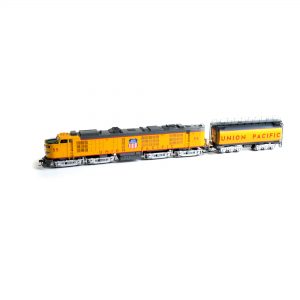
Reviews
There are no reviews yet.